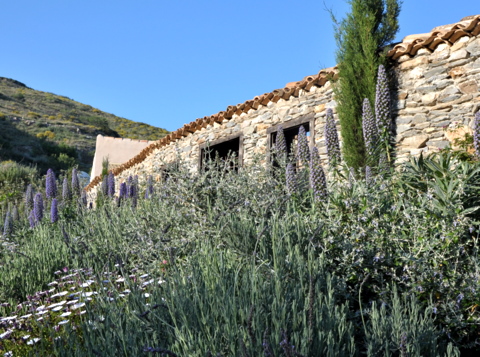

Guidelines for submitting articles to Mazarron Murcia
Hello, and thank you for choosing Mazarron Murcia to publicise your organisation’s info or event.
Mazarron Murcia is a website set up by Murcia Today specifically for residents of the urbanisation in Southwest Murcia, providing news and information on what’s happening in the local area, which is the largest English-speaking expat area in the Region of Murcia.
When submitting text to be included on Mazarron Murcia, please abide by the following guidelines so we can upload your article as swiftly as possible:
Send an email to editor@spaintodayonline.com or contact@murciatoday.com
Attach the information in a Word Document or Google Doc
Include all relevant points, including:
Who is the organisation running the event?
Where is it happening?
When?
How much does it cost?
Is it necessary to book beforehand, or can people just show up on the day?
…but try not to exceed 300 words
Also attach a photo to illustrate your article, no more than 100kb

Propagating lavender and enjoying one of the best dry landscaping plants at your disposal
Gardening in Murcia, how to propagate lavender

Whilst the hills of Southern France and the shocking red of Tuscany have long been the choice of the discerning artist, Spain is also an important lavender growing country, and here in the region of Murcia, lavender has long been grown for medicinal and herbal purposes.
Areas of north Murcia still produce lavender commercially today, and one of the biggest disappointments weve ever experienced since moving here occurred one day in the northern province of Moratalla when out walking in the woodland areas which surround the town.

The anguish of not having a camera at that moment to capture what was almost an ethereal experience was so acute, but what a memory and what an unexpected pleasure to find lavender still being produced on that scale today.

Lavender thrives in this climate, and grows wild in the rambla near to our home, this photo on the left showing the extraordinary spiral of the wild lavender, as well as beside every ruined cottage which litters the nearby hills. Its an infinitely practical plant for this climate, requiring virtually no summer watering and available in a multitude of options which can give deep vibrant colour interest, or cover large patches of dry landscape gardening, just requiring a severe haircut once a year to keep it under control.

Its also extremely easy to propagate, and grows very rapidly, a tiny cutting will be a rampant, flowering mound within a year.
We have clumps which are now more than 2 metres across, which were a tiny scrap liberated from a council roundabout just 2 years ago.

Strip off all the lower leaves, leaving the greenwood tip and the last set of leaves which are on the softwood stem, before the stem becomes bendy and turns to greenwood.

Once the cuttings are prepared, dip the bottom of the stem in water, dust the bottom with hormone rooting powder and pot into damp compost, ensuring that the cutting is buried to just below the first set of leaves.

The bag is usually on for around 10 days, within which time it is very obvious if the cuttings are going to take or not, and if the leaves show any sign of rot, the bag comes straight off, along with the damaged leaves.
Great care needs to be taken when treating cuttings in this climate as cuttings placed carelessly in the sunlight can cook inside their plastic bags, so we always make sure there is a little hole in the bag and place in a light position, but out of direct sunlight.

If one cutting per pot makes it through to adulthood, we‘re very happy, and if all 3 take, well, they can always be potted on once the roots are established, although lavender doesnt seem to be too happy being moved, so we dont stress it more than necessary.
Cuttings taken in May/June can be planted out in December, in the middle of the rainy season, and will flower in their first spring, then rampage into an enormous plant by the following year.

And the best thing about lavender is that goats and sheep wont eat it, and even the chickens wont cross a barrier of lavender, so it ‘s an excellent way of keeping those destructor chickens out of a garden without making the place look like a concentration camp
If youve got a dry community garden, take lavender cuttings by the dozen, and choose the varieties which grow on council roundabouts, as theyre the most tolerant of the regional climate, fill enormous spaces in no time at all, and make a perfect backdrop to show off other Mediterranean plants.
It really is one of the gardeners best friends.

















































